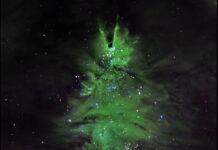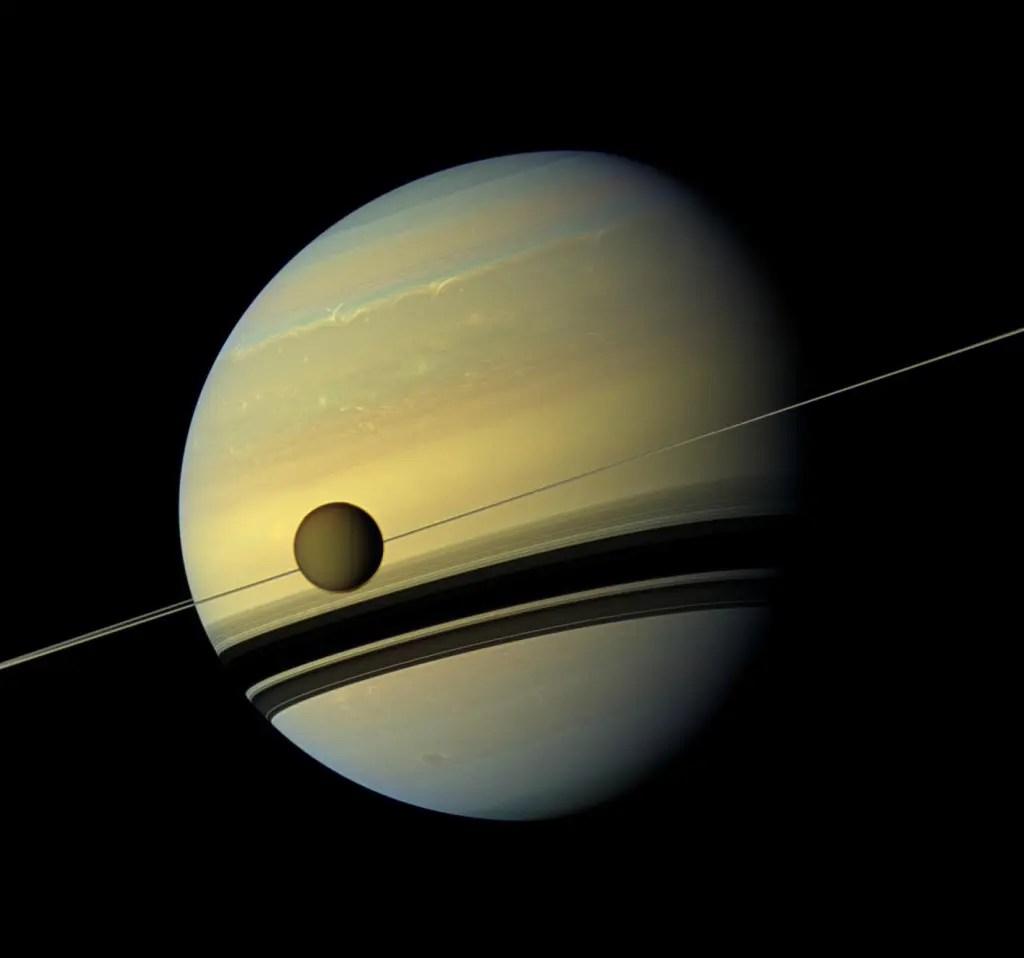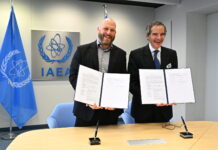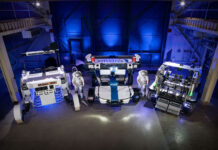NASA’s Cassini Mission: A Milestone in Space Exploration
NASA’s Cassini mission, launched in the late 1990s, stands as a monumental achievement in the field of space exploration. This ambitious project provided groundbreaking insights into Saturn, one of the most enigmatic planets in our solar system, along with its numerous moons. The Cassini mission was not only a testament to the collaborative efforts of various international space agencies but also marked a significant chapter for the Lewis Research Center, now known as NASA’s Glenn Research Center in Cleveland, which played a crucial role in the launch operations of the mission.
Planning the Journey to Saturn
In the early 1980s, NASA embarked on an ambitious plan to conduct a comprehensive study of Saturn. This mission was groundbreaking as it involved the Cassini orbiter, designed by NASA’s Jet Propulsion Laboratory located in Southern California, and the Huygens lander, developed by the European Space Agency. Cassini was one of the most sophisticated and weighty interplanetary spacecraft ever constructed. The spacecraft’s advanced plutonium power system and the meticulously planned flight path added layers of complexity to an already challenging mission.
The Role of NASA Lewis in Launch Operations
NASA’s Lewis Research Center was tasked with overseeing the launch of government missions that utilized the Centaur upper stage along with Atlas and Titan boosters. Cassini, with its massive 6-ton payload, required the use of the U.S. Air Force’s Titan IV, a powerful three-stage rocket, paired with the most advanced version of Centaur, known as G-prime, to propel it into space.
One of the key responsibilities of NASA Lewis was to ensure the integration of the payload and upper stages with the booster. This intricate process involved balancing the weight distribution, providing necessary insulation for Centaur’s cryogenic propellants, determining the precise timing for stage firings, and ensuring the clean jettison of the large shroud that protected both the upper stage and payload during launch.
Testing and Final Preparations
By the time the Cassini mission was ready to launch, the Lewis Research Center had amassed over 25 years of experience in testing shrouds, including those for the Titan III fairing, under simulated space conditions. The Space Power Facility at NASA’s Glenn Research Center houses the world’s largest vacuum chamber, capable of accommodating the Titan IV’s 86-foot-tall, 16-foot-diameter fairing. In the fall of 1990, the shroud underwent tests in this chamber, with weights simulating the payload and subjected to pressures akin to those at an altitude of 72 miles.
The system’s successful separation in under half a second was a testament to the meticulous testing and preparation. Additionally, NASA engineers used simulated Cassini and Centaur vehicles to redesign a thicker thermal blanket, which was essential to protect Cassini’s power system from the intense acoustic vibrations experienced during liftoff.
Countdown to Launch
In late August 1997, a team of NASA Lewis engineers traveled to the Kennedy Space Center in Florida to make the final preparations for Cassini’s launch. Collaborating with Air Force range safety personnel at Patrick Air Force Base, they ensured all safety protocols were in place for a secure launch.
After an initial launch attempt was aborted, preparations were made for a second attempt on the evening of October 14. The Lewis team was stationed in the Launch Vehicle Data Center inside Hangar AE, where they closely monitored various parameters such as temperature, pressure, speed, trajectory, and vibration during the launch. The weather conditions were favorable, and the countdown proceeded smoothly into the early hours of October 15.
At precisely 4:43 a.m. EDT, the Titan rocket’s first stage and two massive solid rocket motors ignited, propelling the vehicle into the night sky over Florida. The Lewis launch team diligently tracked the flight as the vehicle ascended through Earth’s atmosphere. The Titan rocket successfully burned through its stages, and the Centaur upper stage propelled Cassini out of Earth’s orbit, setting it on a 2-billion-mile journey to Saturn. With the successful separation of the spacecraft, the responsibilities of the Lewis team were fulfilled, marking a successful launch.
The End of an Era
The launch of Cassini-Huygens was the 119th and final mission overseen by NASA Lewis, closing a significant chapter in the center’s history of launch operations. Since the fall of 1962, the center had been responsible for NASA’s upper-stage vehicles, primarily the Agena and Centaur stages, both of which boasted impressive track records.
While NASA Lewis continued to handle vehicle integration and technical issues related to NASA payload launches, the 1980s saw a shift in NASA’s strategy, with launch responsibilities gradually being transferred to commercial entities. By the mid-1990s, a major reorganization within NASA consolidated all launch vehicle responsibilities at the Kennedy Space Center.
On October 15, 1997, approximately 20 employees and retirees of the Lewis center gathered at the Cleveland location to witness the Cassini launch. The atmosphere was bittersweet, as they knew this marked the end of an era. They held their applause until 40 minutes after liftoff, when the successful separation of Cassini from Centaur signified the completion of Lewis’ final launch responsibility. An engineer from the Launch Vehicle and Transportation Office aptly described the moment as "the end of an era" for both the agency and the Lewis center.
Cassini’s Journey and Legacy
Cassini’s journey to Saturn spanned seven years, during which the spacecraft performed flybys of Venus (twice), Earth, and Jupiter, using these planets’ gravitational forces to gain speed and propel itself toward Saturn. In June 2004, Cassini finally entered Saturn’s orbit and began transmitting valuable data and nearly half a million images back to Earth. In January 2005, the Huygens lander separated from Cassini and made a historic descent to the surface of Titan, Saturn’s largest moon. This marked the first time a spacecraft had landed on a celestial body in the outer solar system.
Throughout its mission, Cassini made numerous passes through Saturn’s upper atmosphere and rings, providing invaluable scientific information about the planet, its moons, and rings. These findings led to the publication of nearly 4,000 technical papers, significantly expanding our understanding of the outer solar system. After over 13 years and nearly 300 orbits around Saturn, NASA made the decision to end the mission by sending Cassini into Saturn’s atmosphere on September 15, 2017. The spacecraft burned up upon entry, marking the conclusion of its remarkable journey.
Looking Ahead: The Europa Clipper Mission
The experiences and lessons learned from the Cassini mission have been instrumental in shaping future endeavors, such as the design and planning of the Europa Clipper mission. Scheduled for launch on October 14, the Europa Clipper is intended to conduct flybys of Jupiter’s moon Europa, which is believed to harbor a vast ocean beneath its icy surface. This mission aims to gather data that could provide further insights into the potential habitability of other celestial bodies within our solar system.
The Cassini mission not only expanded our understanding of Saturn and its moons but also paved the way for future explorations of our solar neighborhood. Its legacy continues to inspire and guide scientists and engineers as they embark on new journeys into the unknown realms of space.
For more Information, Refer to this article.


































